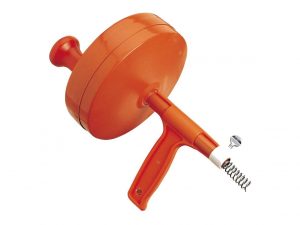A collapsed drain is usually the result of many years of neglect. Including neglecting to maintain drains and sewer systems.
Collapsed drains are inevitable if you neglect or poorly maintain drains. It is also one of the most severe drainage issues. Not helped when it is also one of the most complex and expensive ones to fix. So, how do you identify when you have a collapsed drain? Read on to find out more.
Table of contents
- How do you know if you have a collapsed drain?
- Who’s responsible for repairing a collapsed drain?
- Are collapsed drains covered with home insurance?
How do you know if you have a collapsed drain?
There are five key signs of a collapsed drain. These are accurate indicators of the problem.
You must have collapsed drains fixed as soon as possible. This minimises the damage and the expense of fixing them. So if any of the following symptoms present, it’s best to get a professional out and act quickly.
Backed-up sewers or regular pipe blockages
These two less-than-savoury events are an indicator of a collapsed drain. This is because the sewage can’t physically move through the collapsed drain pipe, so it gets backed up.
If this happens regularly, it implies damage to the pipe or a collapsed drain. Ordering a CCTV survey will confirm this so you can act on it.
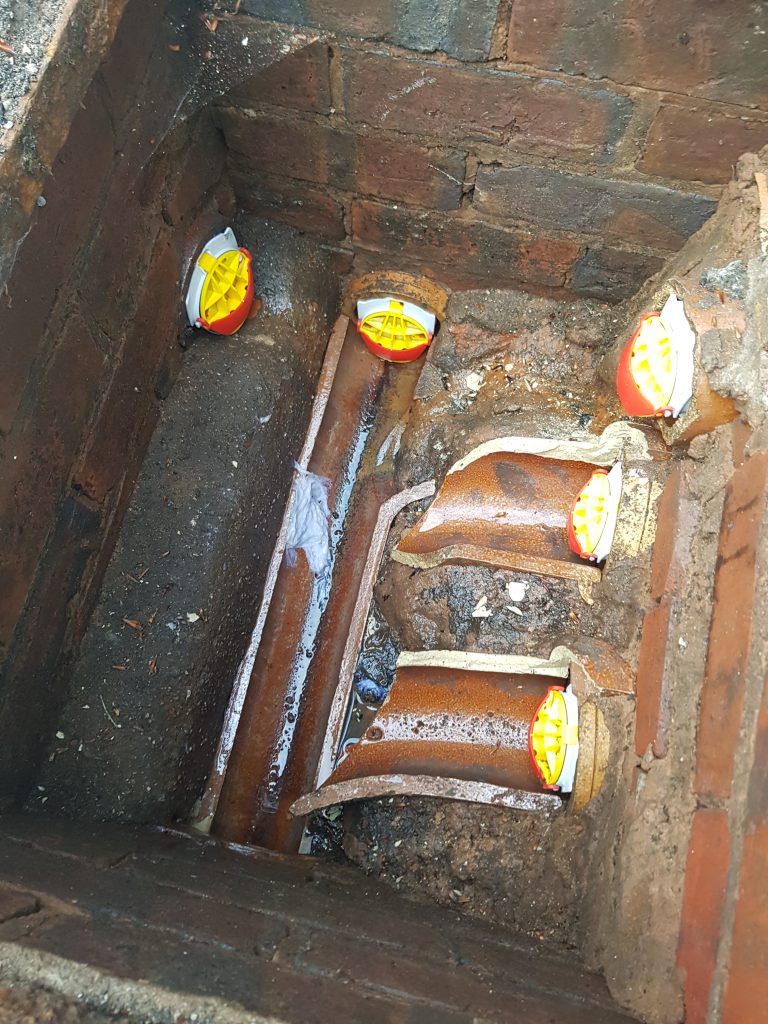
A strong smell of sewage
If there’s damage to a pipe or a collapsed drain, then you’ll regularly notice the smell of sewage in or around the home.
Until you or an expert have fixed the collapsed drain, this issue will continue. Now if you have a fixed drain, this will likely disappear after unblocking the drain.
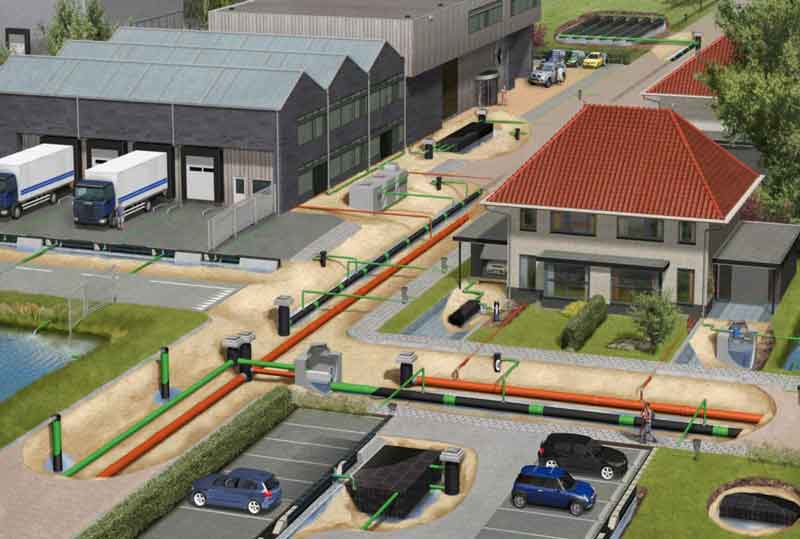
The presence of rodents or other unwanted visitors
A compromised drain is an easy access point into the home for rats and other vermin. They’re more likely to live in the pipes, so there’s no reason why they won’t venture closer and closer to the home. Especially if you have backed-up sewers leaking into your home.
Dealing with the infestation first is key. Then you can deal with the drainage problem. Look into non-return valves. These can help prevent the infestation from day one, allowing sewage to flow out but not back in, as shown below.
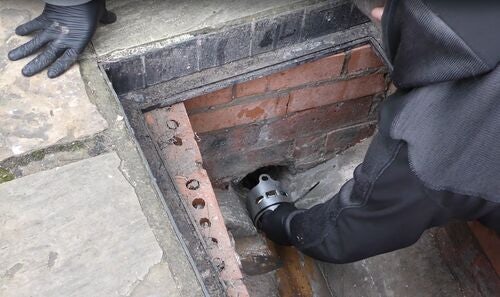
New damp patches and mould appearing
A compromised drain puts strain on the pipes carrying waste and wastewater.
These pipes can begin to leak and you may start to see new patches of damp or mould appearing in the home. These can also appear if the collapsed part of the drain is underneath the house.
It’s worth checking any outbuildings or the garage for this, too, if this is where the drain pipes are!
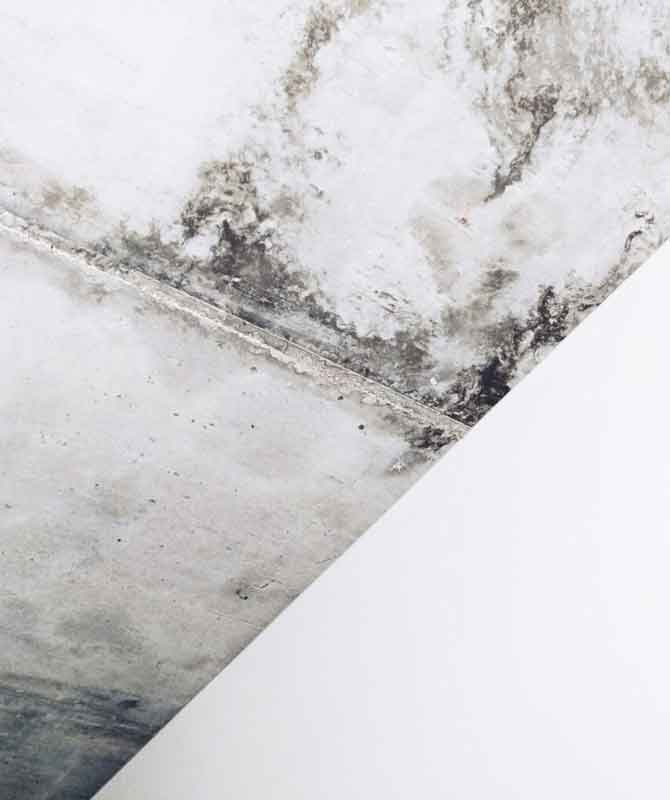
Slow drainage
If you’ve noticed problems with your plumbing, you may have slow drainage. This means water is slowly draining from:
- Kitchen sinks
- Bathroom sinks
- Showers
So, keep an eye on all these outlets.
Use a CCTV survey to assess whether slow-moving drains are due to a one-time blockage or if it’s down to a collapse.
Before contacting a professional, try unblocking the drains using domestic drain unblocking tools.
Who is responsible for repairing a collapsed drain?
So, you have a collapsed drain. Who is responsible?
It used to be quite confusing to work out who was responsible for repairs to drains. So, they made it clearer more recently to help people understand who oversees what.
If a drain is inside the boundary line of property A, the owner of property A is responsible. Responsible for both repairing the collapsed drain and the maintenance.
On the other hand, if your drain:
- Connects to a neighbour’s drain
- Connects to the main sewer or;
- it leaves your property boundary
The responsibility falls to the water supplier.
So, a collapsed drain repair is more likely the responsibility of your water supplier. Unless the drain is specific to your property or the collapse or blockage is on your property.
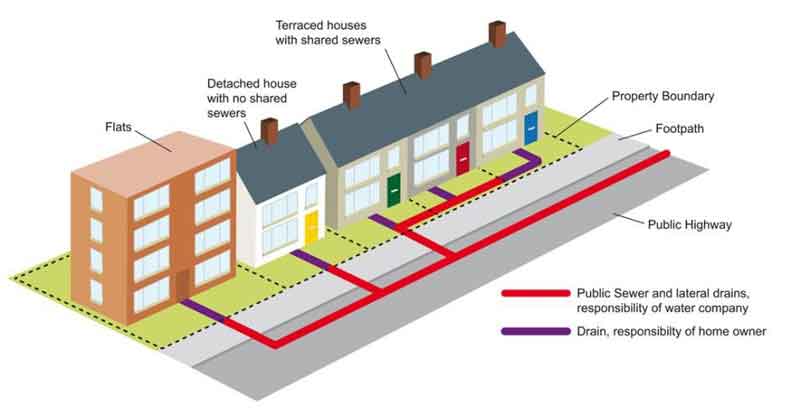
Are collapsed drains covered with home insurance?
Home insurance policies differ from company to company. They also depend on which policy you have.
Accidental damage is often covered. Having said that, it’s a relatively grey area on what companies will deem accidental.
It’s always worth asking your insurer if the policy includes collapsed drain insurance. More than likely, this is an extra part of buildings insurance that you need to pay extra for.
To summarise, regular maintenance and proper use of your drains and sewer pipes are vital. Doing this will prevent collapses and breakages where reasonably possible.
So, combining insurance and upkeep should help prevent collapsed drains.
So, how much does it cost to repair a collapsed drain in the UK?
We’ll start by looking at CCTV drain survey costs. These can vary from as little as £60 to as high as £500. Now, why is this?
One of the main reasons is the level of the survey. Some services supply basic CCTV surveys and full CCTV surveys. The size of your property will also affect the cost, so look around to find the right deal for your budget.
Unfortunately, in most cases, a survey is necessary. Likely because it can be difficult to find the affected drain, so a thorough investigation can ensure you get the right area repaired as soon as possible.
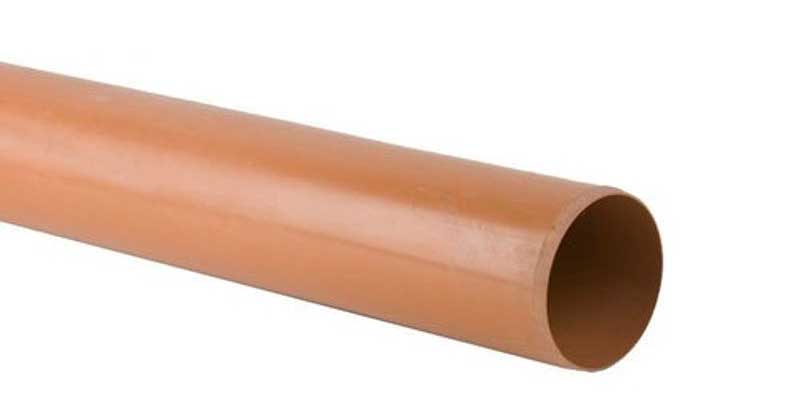
With all that said, onto the potential collapsed drain repair cost.
Collapsed drain repair costs can be as little as £80 to as high as £600. Again, this will depend on the level of damage. Additionally, most companies will price the repairs per metre fitted. With the average cost being around £120 for minimal repairs.
In cases where the damage is severe, you may need a replacement drainpipe. We have plenty at Drainage Superstore. So don’t hesitate to check them out.



